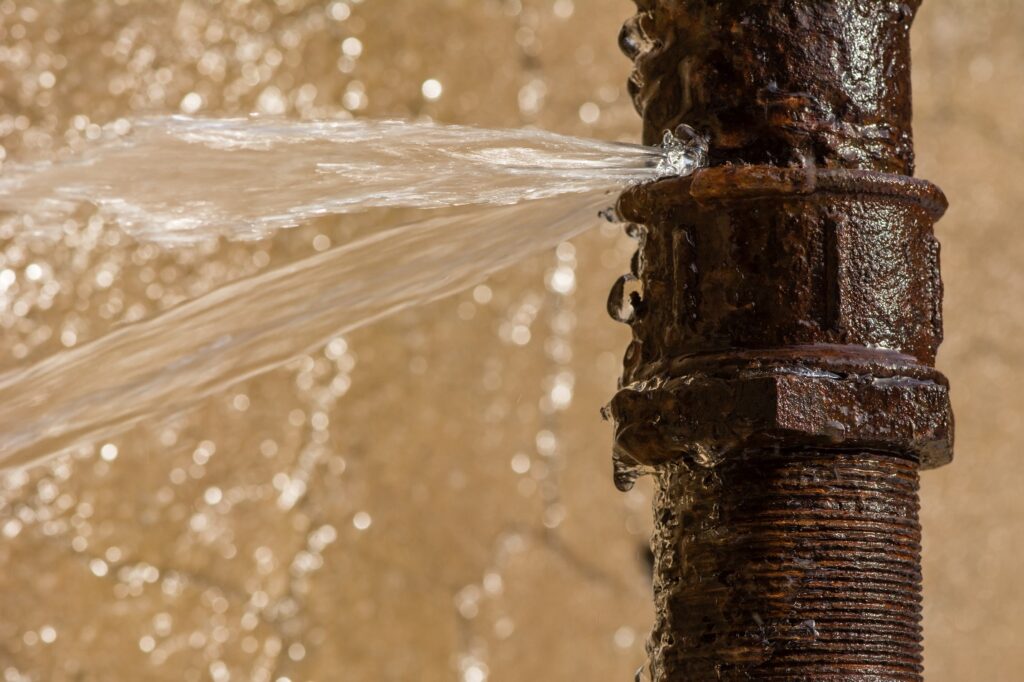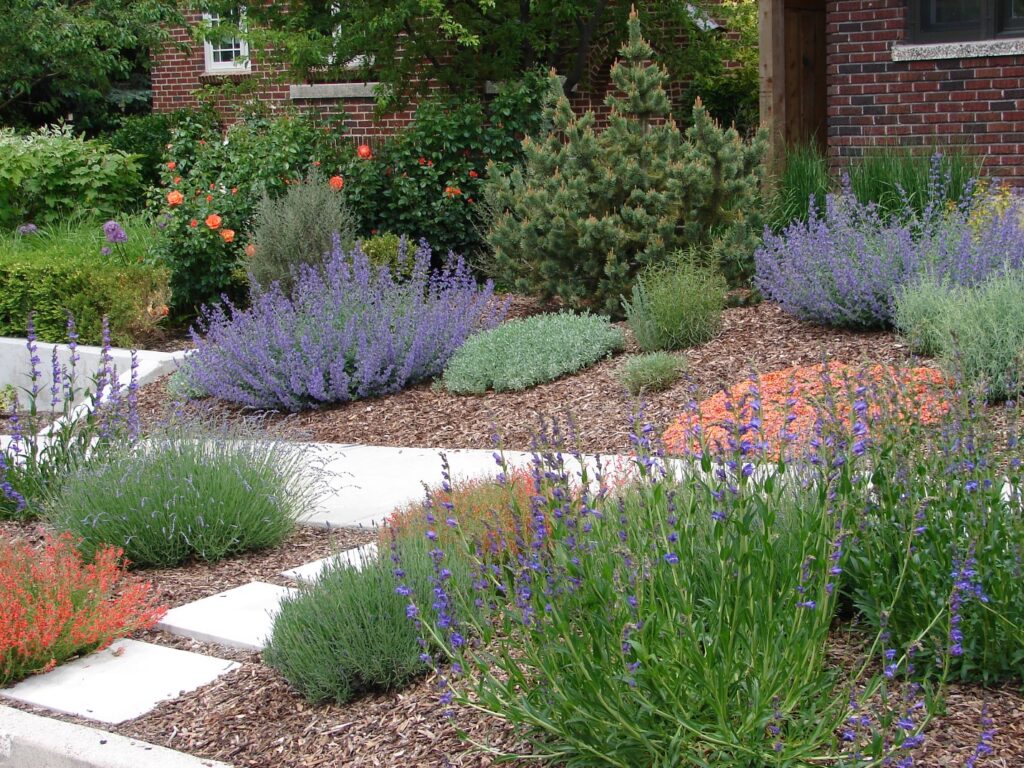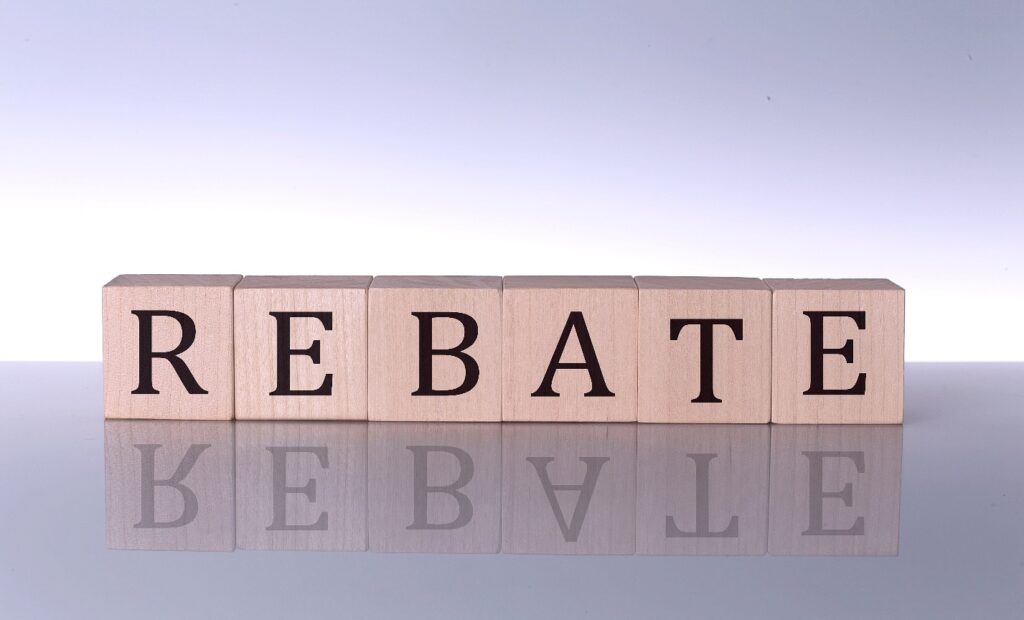Water is a precious and finite resource. It’s essential for all living things on this planet, yet we often take it for granted. Water scarcity is a growing concern in many parts of the world, and the need to conserve it has never been more critical.
Aside from the environmental aspects, reducing water consumption can have a direct impact on your water bill, helping you save money while also contributing to environmental sustainability. There are many ways you can save water and reduce your water bill, including these tips from M&M Heating, Cooling, Plumbing, and Electrical.
Why Is Water Conservation Important?
Before we discuss our tips to save water, it’s crucial that you understand the importance of water conservation. We not only need water to survive, but it’s essential for daily life and plays a role in many different sectors, including agriculture, industry, and domestic use.
Water is not an unlimited or renewable resource, however. Water scarcity is a real concern around the world, so it’s important that we all take a more conservative approach to our water use. if everyone is more responsible, we can ensure that future generations have access to clean and safe water.
Here are a few reasons why water conservation is essential:
- Environmental preservation: Conserving water is important for aquatic ecosystems and reduces the energy require to treat and distribute water. By reducing water consumption, we can also decrease the energy demand for plumbing and heating water, which can lead to lower greenhouse gas emissions.
- Water scarcity: Many regions are experiencing life-threatening water scarcity from climate change, population growth, and over-extraction of groundwater. By using water more efficiently, we can alleviate water stress in these areas.
- Economic benefits: Reducing water usage can result in lower water bills for households and businesses. It also lowers the cost of water treatment and distribution for municipalities, which can reduce utility rates and possibly taxes.
- Long-term sustainability: Conserving water ensures that this valuable resource is available for future generations. It helps maintain a healthy balance between water supply and demand.
Ready to learn more about conserving water? Here are our tips to save water in your home – and save some money on your bills:
Fix Leaks
One of the most significant contributors to water waste is plumbing leaks. A dripping faucet or running toilet can waste a surprising amount of water over time. Even a slow drip can add up to hundreds of gallons of water each month. Imagine that in most households.
Here’s how you can prevent water waste from leaks:
- Repair leaking faucets: Check all the faucets in your home for leaks and fix them quickly. A leaky faucet is a simple repair, often caused by a worn-out washer or a damaged seal.
- Stop running toilets: A running toilet can waste an astonishing amount of water. Check for the continuous flow of water into the toilet bowl after flushing. If you find one, you can replace the flapper or fill valve to see if it corrects the issue. This is a simple DIY that can save a substantial amount of water, but don’t hesitate to call a plumber for plumbing service if you feel more comfortable.
- Regularly check for leaks: In addition to fixing the leaks you have, make plumbing inspections part of your routine. While not all leaks are immediately visible, checking for obvious leaks can help you address them and prevent water waste.
Install Water-Saving Fixtures
Upgrading your plumbing fixtures to water-efficient models is an effective way to reduce water consumption. Several types of fixtures are designed to minimize water use without sacrificing performance. Here are some options:
- Low-flow showerheads: Low-flow showerheads restrict water flow while maintaining good water pressure. They can significantly reduce water consumption during showers as well.
- Low-flow faucets: Similar to low-flow showerheads, these faucets reduce water flow without compromising performance in your kitchen or bathroom sinks.
- High-efficiency toilets: Older toilets can use a lot of water per flush. High-efficiency toilets use less water while still effectively removing waste. Consider replacing older toilets with these water saving models.
- Smart irrigation systems: For outdoor water conservation, consider installing a smart irrigation system that adjusts watering schedules based on weather conditions and soil moisture. This prevents overwatering.
Collect Rainwater
Rainwater harvesting is a sustainable practice that allows you to collect and store rainwater for different purposes. This can be a valuable source of water for your garden or lawn, reducing the need to use tap water. Here’s how you can get started with rainwater harvesting:
- Install rain barrels: Place rain barrels or cisterns under your downspouts to collect rainwater from your roof. You can use this water for watering your garden and plants or for non-potable household uses like flushing the toilet.
- Use a first flush diverter: To ensure the collected rainwater is clean, consider using a first flush diverter. This diverts the initial runoff, which may contain debris, before allowing clean rainwater to enter the barrel.
- Maintain your system: Regularly clean your rain barrels and check for any leaks or damage. Ensure the water is covered to prevent evaporation and mosquito breeding.
Be Mindful of Appliance Use
Many household appliances use significant amounts of water. If you pay attention to how you use them, you can get significant water savings. Here are some tips:
- Dishwasher: Only run the dishwasher when you have a full load. Make sure to scrape food of dishes instead of pre-rinsing, which wastes a lot of water. If your dishwasher has an energy-saving or water-saving mode, use it.
- Washing machine: Like the dishwasher, do laundry with a full load. Choose the appropriate water level setting for the load size and consider upgrading to a high-efficiency washing machine if possible.
- Water heater: Lower the temperature of your water heater to reduce the amount of cold water you need to mix with hot water. This can also lower your energy bills. You should also pay attention to the water heater thermostat. A broken thermostat can inadvertently waste more water to maintain the temperature.
Consider Xeriscaping
Xeriscaping is a landscaping approach that focuses on using drought-tolerant plants and minimizing water usage in the garden. By choosing native and water-efficient plants for your landscaping, you can reduce outdoor water consumption significantly.
Here’s how you can implement xeriscaping:
- Choose native plants: Native plants are adapted to the local climate and require less water and maintenance. A landscaper can help you determine which native plants thrive in your region and incorporate them into your garden.
- Use mulch: Applying mulch to your garden beds helps retain soil moisture, reducing the need for frequent watering. Mulch also prevents weed growth, which can compete with your plants for water.
- Efficient irrigation: When you do water your garden, use efficient irrigation methods like drip irrigation or soaker hoses. These deliver water directly to the root zones of your plants, minimizing evaporation and runoff.
Practice Responsible Lawn Care
Lawns can be one of the most water-intensive parts of a landscape. While lush green lawns are aesthetically pleasing, maintaining them can waste a lot of water. You can reduce your lawn’s water consumption by:
- Adjusting your mower: Raise the cutting height of your lawn mower to leave grass taller, which shades the soil and reduces evaporation.
- Water early or late: If you must water your lawn, do it in the early morning or late evening to minimize water loss from evaporation.
- Aerate the soil: Aerating your lawn can improve water absorption and reduce runoff because it allows water to penetrate the soil more effectively, reducing the need for frequent watering.
- Consider alternatives: Replacing some or all of your lawn with drought-tolerant ground covers or native plants that require less water can make a big difference in your water use.
Monitor Your Water Usage
Simply being more conscious of you water consumption can make a big difference in how much you use. Consider monitoring your water usage by:
- Check your water bill: Review your water bill regularly to track your consumption. Look for unexpected spikes, which can indicate a leak or a period of increased water use.
- Use water monitoring apps: Some apps help you monitor your water usage in real time to help you make adjustments.
- Install water-saving appliances: When it’s time to replace your appliances, consider models with water-saving features like modern dishwashers and washing machines.
- Fix leaks and clogs: Leaks can lose a lot of water, but clogged drains also waste water as it collects near the drain. Make sure to fix these and other plumbing problems promptly.
Educate Your Household
Water conservation is a collective effort. Involving your household in the process is an essential part of that. Educate your family members or household members about the importance of water conservation and encourage them to adopt water-saving practices.
Look into Incentives and Rebates
Some municipalities and water utilities offer incentives and rebates for water-saving upgrades, such as installing low-flow fixtures, high-efficiency appliances, or rainwater harvesting systems. Check with your local water provider to see if such programs are available in your area. Taking advantage of them can help offset the initial costs of upgrades and reduce your water bill.
Commit to Water Conservation
Water conservation is everyone’s responsibility. With these tips, you’ll not only be doing your part for the environment but saving a bit on your water bill as well.
If you need plumbing upgrades or repairs, M&M Heating, Cooling, Plumbing, and Electrical is here to help. Contact us today to schedule your appointment!





















